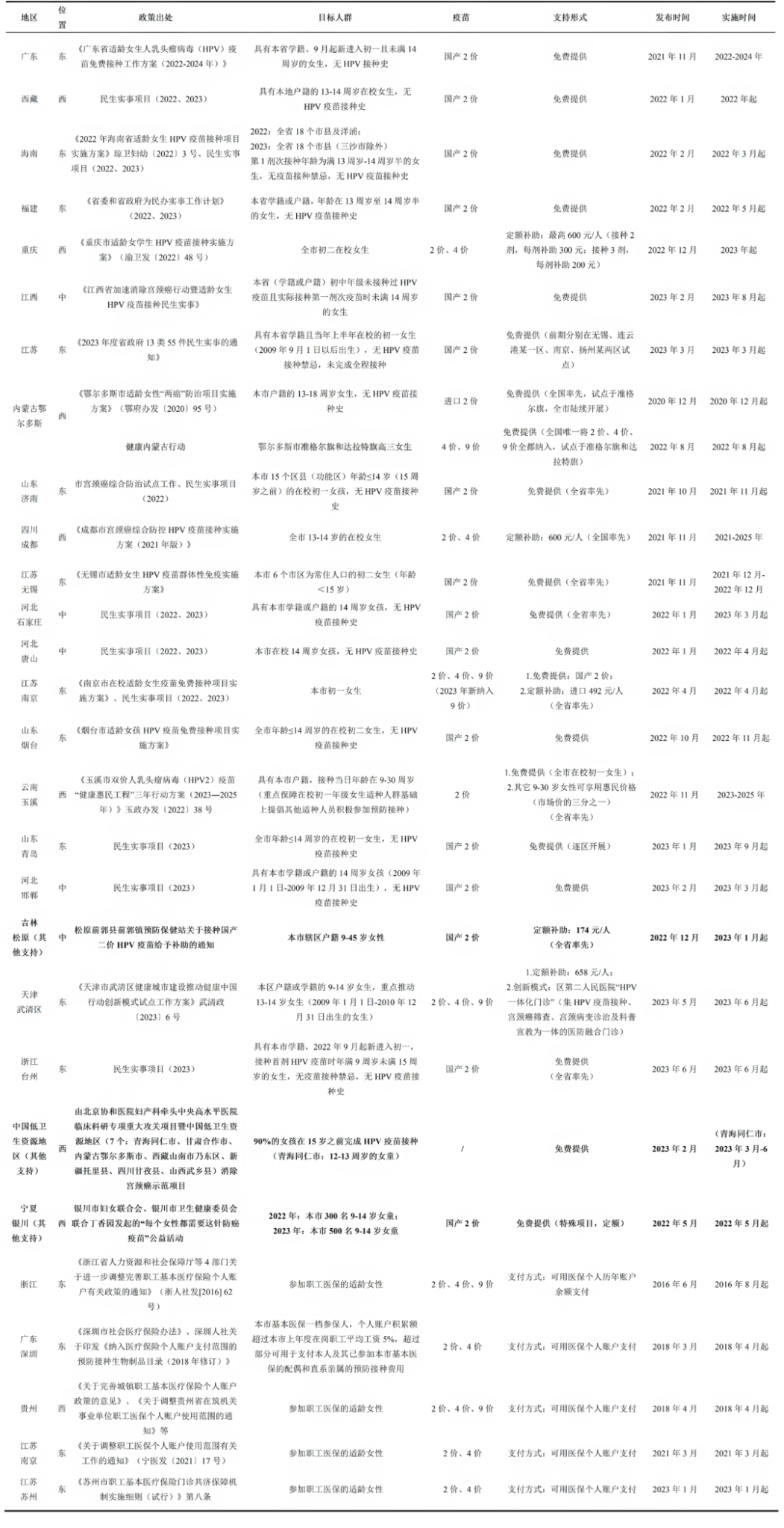This study, led by Prof. Jing Li from Sichuan University and Prof. Dan Wu from Nanjing Medical University, was published in PLOS Medicine. Conducted in four community health centers in Chengdu, western China, this randomized controlled trial evaluated the impact of a “pay-it-forward” intervention on HPV vaccination among girls aged 15–18 years. Participants in the intervention arm received a community subsidy for their first HPV vaccine dose and were invited to donate and write encouragement postcards for future recipients, while the control arm self-paid at market price. The pay-it-forward approach increased first-dose uptake from 17.5% to 34.2%, significantly reduced vaccination delay, and enhanced vaccine confidence. Most families in the intervention arm engaged in donations and message sharing, and the cost per person vaccinated was lower than in the control group. Findings suggest that this community-engaged, reciprocity-based model is an effective and sustainable strategy to improve HPV vaccination coverage among catch-up age girls, with potential for broader implementation.
Association between influenza vaccination during pregnancy from 2012 to 2022 and demographic characteristics and preterm birth outcomes in Shanghai
This study, jointly conducted by Prof. Hong Jiang’s team from Fudan University and the Shanghai Municipal Center for Disease Control and Prevention, was published in the Journal of Clinical Pediatrics. Using data from the Shanghai Birth Medical Information System (2012–2022), the researchers analyzed trends and determinants of influenza vaccination among pregnant women and its association with preterm birth.The Study found that multiple sociodemographic factors are significantly associated with influenza vaccination behavior among pregnant women in Shanghai between 2012 and 2022, and influenza vaccination during pregnancy may be related to a reduced risk of preterm birth. It is recommended to further strengthen public education and service support, continuously promote vaccination efforts, and effectively safeguard maternal and infant health.





